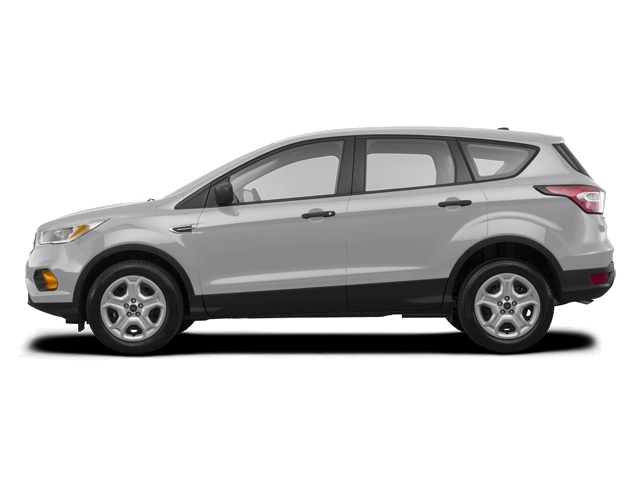2012 Ford Escape Owner's Manual

Table of Contents
2012 Ford Escape Overview
Introduction
The 2012 Ford Escape epitomizes the stylish and versatile compact SUV segment, ideal for those who seek a mix of functionality and comfort. With its rugged exterior, the Escape appeals to those with an adventurous spirit, while offering a spacious interior and a plethora of cutting-edge features that enhance the driving experience. The 2012 model stands out for its efficiency and practicality, making it a smart choice for families and city dwellers alike.
Powertrains
The 2012 Ford Escape offers a range of capable powertrains that cater to different driving needs. Standardly equipped with a 2.5-liter four-cylinder engine producing 171 horsepower, it strikes a balance between power and fuel efficiency. For those seeking a performance boost, an available 3.0-liter V6 engine delivers a robust 240 horsepower, ensuring lively acceleration. Both engines come with a choice of a five-speed automatic or manual transmission, while the hybrid variant combines a 2.5-liter four-cylinder engine with an electric motor, providing an impressive estimated 34 mpg in the city and 31 mpg on the highway.
Trims
The Ford Escape 2012 is available in three trim levels: XLS, XLT, and Limited. The base XLS includes essential features like keyless entry and a four-speaker stereo, while the mid-level XLT adds conveniences such as a roof rack and alloy wheels. The range-topping Limited trim enhances luxury with leather upholstery, a premium audio system, and advanced technology options, offering both style and sophistication.
Features
The 2012 Escape is equipped with an array of modern features designed for convenience and safety. Standard features include full power accessories, a trip computer, and a four-speaker sound system with an auxiliary input. Higher trims offer additional luxuries like a touchscreen navigation system, Bluetooth connectivity, and advanced safety features including traction control and multiple airbags, ensuring peace of mind during every drive.
Owners Manual
The owner's manual for the 2012 Ford Escape provides invaluable information and guidance on maintaining the vehicle's performance and longevity. It includes detailed instructions on routine maintenance, safety precautions, and troubleshooting tips, making it an essential companion for every Escape owner. From understanding the vehicle's features to following the recommended service intervals, the manual helps ensure that your Escape continues to deliver a reliable and enjoyable driving experience.
User manual download
The Ford Escape owner manual for the 2012 model year is to be found in PDF downloadable format on this page. The owner manual for the model year 2012 is free and in English, but the repair manuals are usually not easy to get and may cost more.
Manual Questions
Fill the form below and someone will help you!

